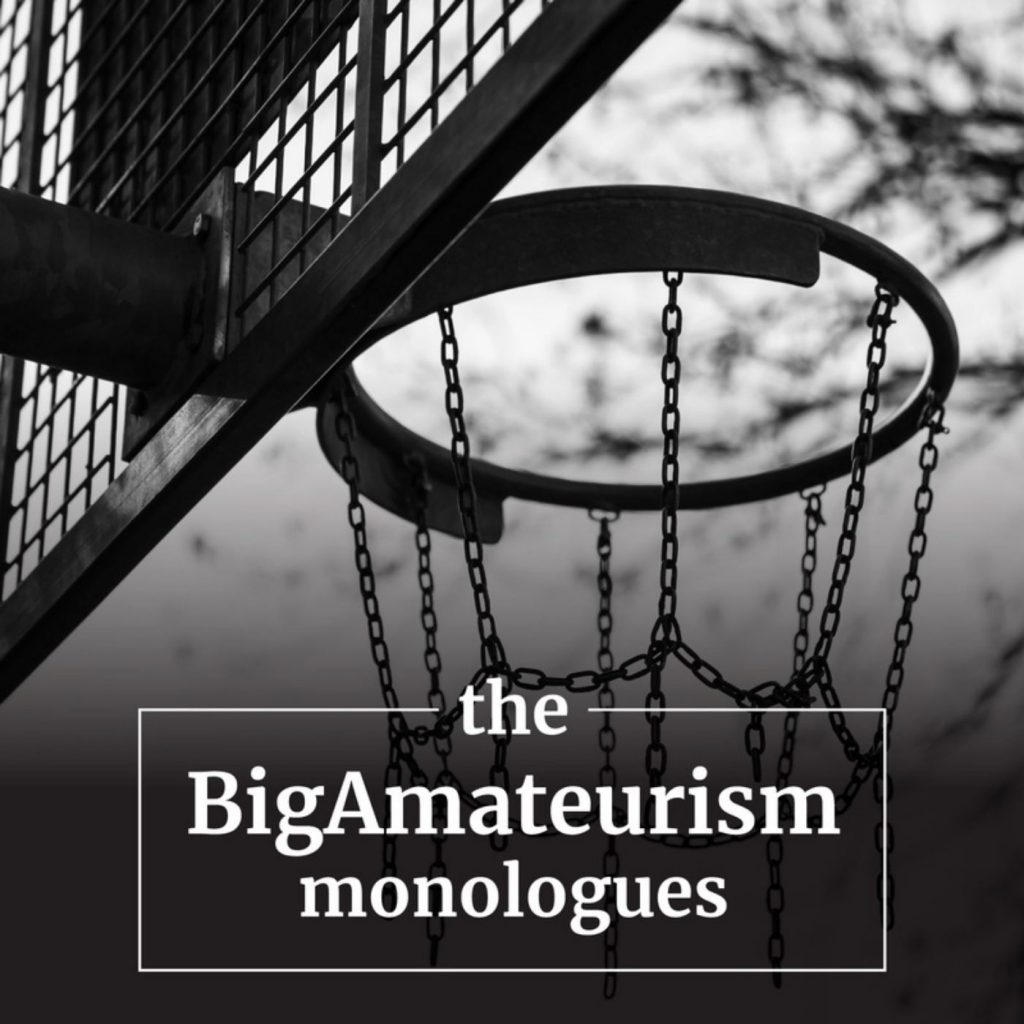Episodes
2014 was an important year in the evolution of the relationship between revenue-producing athletes and the institutional interests that benefit from athlete labor. A rapid-fire series of events placed the NCAA national office and Power 5 in a state of panic because their exploitative business model was under direct assault. From an attempt by Northwestern football players to unionize, to the trial in the O’Bannon case, to another Power 5 shakedown of the NCAA on governance authority, to the NCAA’s retention of a high-powered Washington DC lobbying firm, to a Senate hearing in which NCAA president Mark Emmert offered Power 5 threats as evidence of NCAA magnanimity towards athletes, to the formal adoption of “Autonomy” status for Power 5 conferences, to Judge Wilken’s ruling in O’Bannon, 2014 was a year for the college sports history books. This episode provides an overview of this consequential year and an in-depth evaluation of the Northwestern football team’s quest to unionize. In this quest, the football players had to establish as a threshold matter that they were employees of Northwestern University. Relying primarily on evidence provided by Northwestern itself, a regional labor board readily determined that these football players were indeed employees. The ruling sent the NCAA, Power 5, and their army of loyalists into war mode because if revenue-producing athletes are acknowledged as employees, the entire Big Amateurism business model collapses. If the athletics scholarship is actually pay for play converting athletes into employees, then “amateurism” and the “collegiate model” have no meaning. The Northwestern case provides an objective glimpse into the truth of the relationship between revenue-producing athletes and the institutional stakeholder-beneficiaries.
The ink was barely dry on Myles Brand’s 2006 “collegiate model” speech when a group of revenue-producing athletes filed a federal antitrust suit—White v NCAA—in California challenging the NCAA’s athletics scholarship cap that was set below the full cost of attending college. Despite broad-based in-system stakeholder and public support for an additional, modest stipend (typically between $1,500 – $4,000 per year) designed to cover the incidental costs of attending college, the NCAA launched a scorched earth litigation campaign against the athletes. The NCAA contended that these modest stipends, which were part of the athletics scholarship between 1956 – 1975, now amounted to “pay for play.” The White case settled in 2008, and the NCAA preserved its scholarship cap set below the full cost of attendance. In 2009, another group of athletes filed an antitrust suit in California—O’Bannon v NCAA—claiming that the NCAA’s amateurism-based compensation prohibitions on name, image, and likeness violate federal antitrust laws. After nearly a decade of litigation that cost over $150 million, the athletes achieved the modest cost of attendance stipends, but no more. In 2014, in Alston v NCAA, a separate group of athletes challenged all NCAA amateurism-based compensation limits under federal antitrust laws. The remedy crafted by the district court was limited to a small set of permissive education-related benefits, none of which has been provided by the Power 5 conference schools who have control over them. The NCAA and Power 5 appealed the case to the Ninth Circuit and then the US Supreme Court, where they claimed absolute antitrust immunity. The Supreme Court will rule in Alston by the end of June. These antitrust suits fundamentally changed the scope and nature of external regulatory threats to BigAmateurism’s business model. During this period, the NCAA and the emerging Power 5 joined forces in a litigation strategy to seek a judicially created antitrust immunity. The joint NCAA/Power 5 attack on athlete interests formed the beginning of Perfect Storm. The NCAA/Power 5 amassed their extraordinary market and political might to launch a joint judicial/Congressional campaign to eliminate all external regulators and the athletes’ rights movement itself.
After the 2003 hearings in the House and Senate that raised antitrust concerns relating to big-time football’s monopoly over post-season bowl money, pressure mounted for the NCAA and big-time football interests to justify their market behavior. In his 2004 state of the association speech, Myles Brand debuts the collegiate model in broad strokes to respond to criticism from external regulators. At the same time, Congress investigated the NCAA’s infractions and enforcement process as inconsistent with principles of due process and fundamental fairness. In December 2005, Congress held another hearing on the BCS bowl structure that was obedient to big-time football interests. That hearing demonstrated the potential political might of the Power 5 (independent of the NCAA). It previewed the aggregated post-conference realignment power and influence of big-time football in congressional decision-making in 2020-2021. In his January 2006 state of the association speech, Myles Brand offered a refined and specific explication of the collegiate model, emphasizing the underlying financial structure of big-time college sports. Under Brand’s provocative formulation of the collegiate model, universities must maximize revenue from football and men’s basketball to enhance “participation opportunities” for non-revenue sports and athletes. Brand argues that “massive redistribution” of revenues is an essential part of university finance and that athletics departments operate no differently than the rest of the university. This is a fundamental departure from Brand’s 2001 speech at the National Press Club when—in his capacity as president of Indiana University—he proclaimed that universities had an obligation to reduce revenues from football and men’s basketball to align those professionalized products with the values of higher education. In his 2006 speech, Brand boldly stated that “amateur defines the participant, not the enterprise.” A month later, a group of athletes sued the NCAA, claiming its scholarship cap below the full cost of attending college violated federal antitrust laws. That suit—White v NCAA—was the first in a trilogy of California cases (followed by O’Bannon and Alston) that challenged NCAA compensation limits as applied to athletes and added federal courts to the list of potential external regulators of college sports. On October 2, 2006, the House Ways and Means Committee chairman sent the NCAA a detailed letter and request for information. The Committee challenged the NCAA’s tax-exempt status because of its professionalized football and men’s basketball. On October 30, 2006, Brand appeared again at the National Press Club to make a speech that responds to the mounting pressure from external regulators. The events of 2004-2006 mark the initial contours of the NCAA’s and Power 5’s strategy to eliminate all external regulators. That strategy came to fruition in 2019 as state legislatures became external threats with California’s passage of the Fair Pay to Play Act on name, image, and likeness compensation. Under the guise of promoting NIL “compensation” for athletes, the NCAA/Power 5 launched their audacious campaign in the Senate and in Alston to eliminate in one fell swoop all external threats to their financial empire.
The “collegiate model” was invented in 2003 by former NCAA president Myles Brand to redefine the NCAA’s conceptualization of amateurism and the relationship between revenue-producing athletes and in-system stakeholder-beneficiaries. Brand used the same tactic that Walter Byers used in the 1950s through his invention of the “student-athlete.” The collegiate model has been put to many purposes, but its most effective and practical use is a justification for BigAmateurism’s maximization of revenue through the commercial exploitation of big-time football and men’s basketball. Like “amateurism” and the “student-athlete”, the “collegiate model” has no coherent or consistent meaning. This episode examines the history of the collegiate model and its use as a linguistics subterfuge to disguise the truth of BigAmateurism’s business model.




